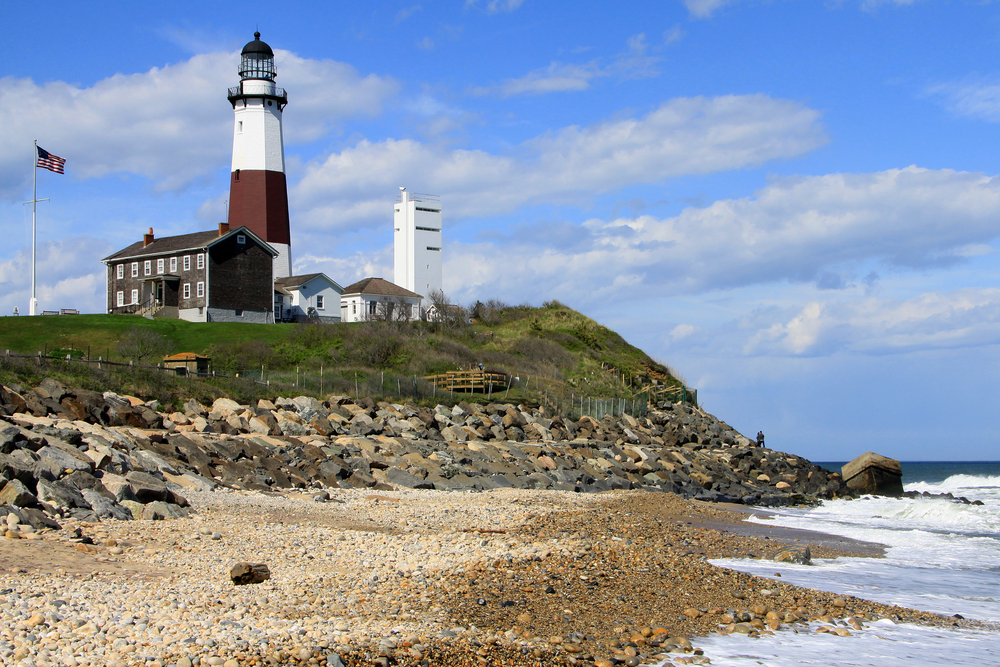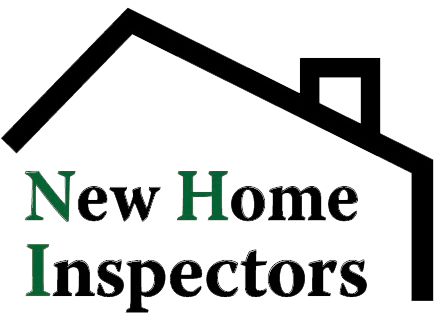
If you’re in the market for a new home on Long Island, it’s important to be aware of the unique differences that come with each location. Depending on the location of your dream home, the home inspector can anticipate different potential issues and vulnerabilities of a home.
For example, if you’re looking at homes on the water, you will see more signs of wear and tear due to salt exposure. In this post, we’ll take a look at 5 ways a home’s location impacts the home inspection process on Long Island!
5 L.I. Locations & What Inspectors Look For
For most homebuyers on Long Island, it’s crucial to consider the location of the property. Obviously, homebuyers want to consider distance to family and friends, quality of schools, closeness to stores, and general landscape of the area. But did you know that different areas can present unique challenges for the home inspection process? By understanding the potential issues and vulnerabilities associated with specific locations, you can be better prepared when it’s time for the home inspection.
Here are 5 ways a home’s location can impact the home inspection process on Long Island:
1. Coastal Areas
Long Island’s coastal areas are a popular choice for homebuyers. Aside from The Hamptons, there’s Cold Spring Harbor, Northport, Port Jeff, and more. Many highly sought-after communities on Long Island are on the waterfront. After all, the beaches are some of the Island’s best features!
However, these areas can present unique challenges for a home. Exposure to salt can cause significant wear and tear on the exterior of the property. A home inspector will pay close attention to any signs of corrosion or rusting. In particular, we look for corrosion on metal surfaces like railings, window frames, and exterior light fixtures.
2. Urban Areas
If you’re looking at homes in Long Island’s urban areas, you may encounter issues related to aging infrastructure. Long Island towns such as Levittown and Garden City have older buildings and homes. Older buildings may have outdated electrical or plumbing systems, which can be expensive to repair or replace. You may even find underground oil tanks on these older properties.
Additionally, urban areas may have higher levels of pollution, which can impact indoor air quality. A home inspector may look for issues with ventilation or other air quality issues.
3. Rural Areas
Homes in Long Island’s rural areas may present challenges related to utilities. This can be true for homes on both the North and South Forks of Eastern Long Island. Some rural homes rely on private wells for water, which can be vulnerable to contamination or other issues. Additionally, septic systems may require maintenance or repairs. A home inspector may check the condition of these systems to ensure they are functioning properly
4. High-Wind Areas
Long Island is prone to strong coastal winds, which can cause damage to homes. A home inspector may pay close attention to the condition of the roof, siding, and windows, looking for signs of damage or vulnerability. Additionally, homes in high-wind areas may need extra reinforcement to ensure they can withstand extreme weather events.
5. Flood Zones
Many areas of Long Island are prone to flooding, particularly during major weather events. A home inspector will closely examine the basement and other below-ground areas for signs of water damage. Additionally, they may look for evidence that the property has been flood-proofed, such as the installation of a sump pump or other measures to prevent water intrusion.
Conclusion
In conclusion, the location of a home on Long Island can have a significant impact on the home inspection process. By understanding the potential issues and vulnerabilities associated with specific locations, you can be better prepared for the home inspection process and make a more informed decision about your next home.

